Gardening enthusiasts, get ready to dive into the world of chayote! This versatile and nutritious vegetable is not only easy to grow but also offers a plethora of culinary uses—from delicious pies to healthy soups. In this blog, you’ll discover step-by-step instructions on how to cultivate chayote in your own garden, along with tips for maximizing your harvest and enjoying the fruits of your labour.
Introduction to Chayote
Chayote, also known as vegetable pear or mirliton, is a unique and versatile vegetable that adds a delightful touch to any garden. This green, wrinkled fruit is not only visually appealing but also packed with numerous health benefits. Growing chayote is an exciting venture that can yield a bountiful harvest, perfect for both culinary creations and nutritional enhancement.
As a home gardener, you’ll find that chayote is relatively easy to grow, requiring minimal care while offering a rewarding experience. Its climbing vines can transform your garden into a lush green paradise, and the edible fruit can be enjoyed in a variety of dishes, from salads to stews. In this section, we will explore the many culinary benefits of chayote, how to prepare it, and the best methods for sprouting this delightful vegetable.
The Culinary Benefits of Chayote
Chayote is a culinary gem that deserves a spot in your kitchen. This adaptable vegetable can be consumed raw, cooked, or even baked, making it a fantastic addition to your meals. Here are some of the ways chayote can enhance your culinary repertoire:
- Raw in Salads: Its crisp texture and mild flavour make chayote a refreshing addition to salads. Simply slice it thinly and toss it with your favourite dressing.
- Stir-Fried: Chayote can be stir-fried with other vegetables to create a vibrant and nutritious dish. Its ability to absorb flavours makes it an excellent companion for spices.
- Soups and Stews: Add chayote to soups and stews for a delightful texture and nutritional boost. It pairs well with both meat and vegetarian dishes.
- Baked Goods: As Donna demonstrated with her delicious chayote pie, this vegetable can be used as a filling for pies, adding a unique twist to traditional recipes.
Incorporating chayote into your diet can also provide various health benefits, including improved digestion, lower blood pressure, and enhanced hydration due to its high water content.
Peeling and Preparing Chayote
Preparing chayote is a simple process that opens up a world of culinary possibilities. The first step is peeling the skin, which can be done easily with a vegetable peeler. Note that the skin is edible, so if you prefer, you can leave it on for added texture and nutrients.
Once peeled, rinse the chayote under cold water to remove any residue. It can then be cut into various shapes depending on your recipe—slices, cubes, or even spiralised for a fun twist on pasta. Remember to remove the seed from the centre if your recipe calls for it, as it can be tough when cooked.

Understanding Chayote Seeds
The seed of the chayote is a vital component for propagation and growth. Inside the fruit, you’ll find a large seed that is essential for sprouting new plants. Understanding how to handle and care for chayote seeds will set you on the right path to a successful growing experience.
When preparing to grow chayote, the seed should be left intact within the fruit until ready to plant. Once you’re ready, you can cut the chayote in half to extract the seed, which will develop roots when placed in appropriate conditions.
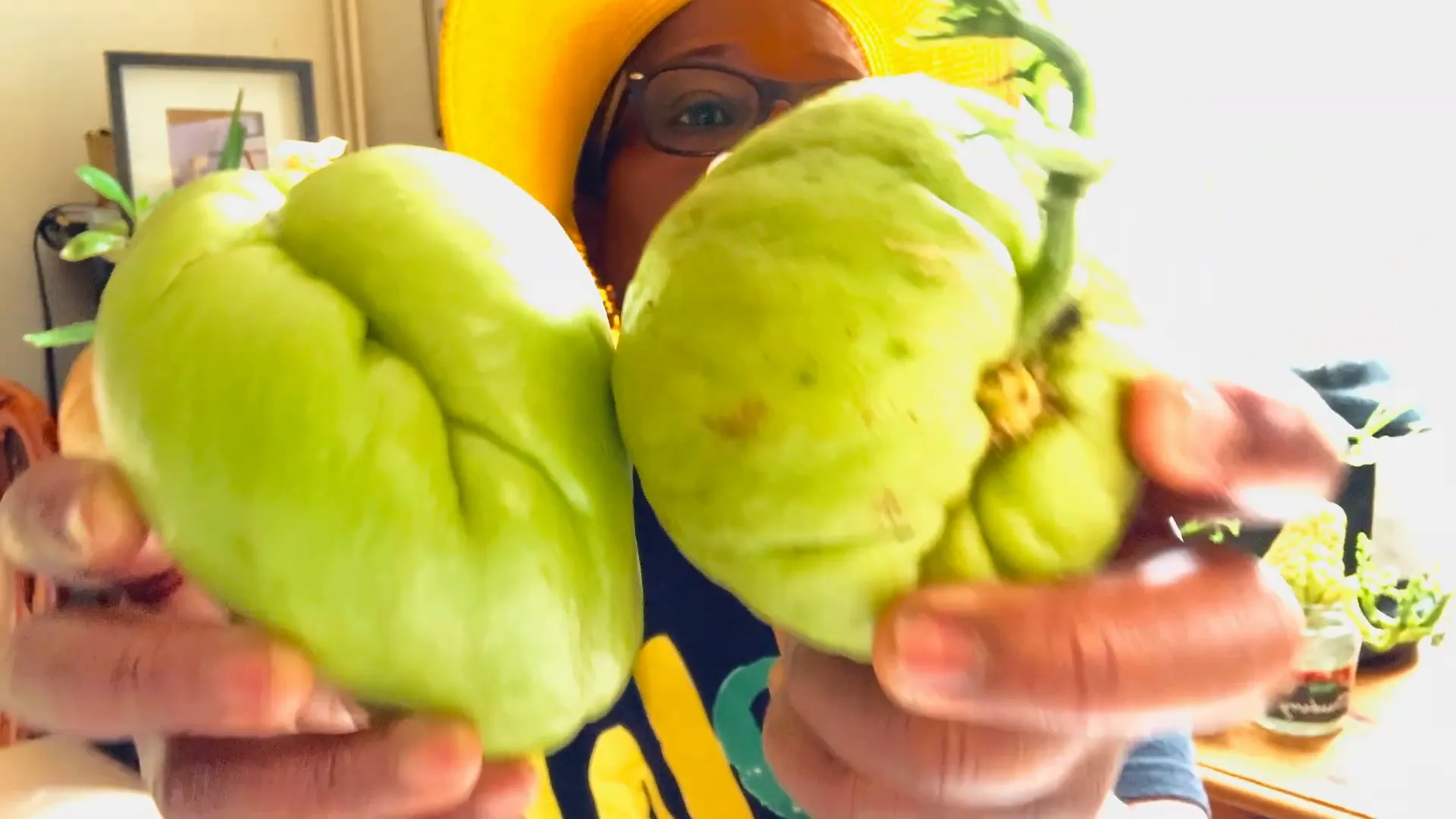
Methods for Sprouting Chayote
Sprouting chayote can be done in several ways, depending on your preference and available resources. Below are some effective methods to encourage healthy growth:
- Water Method: Place the chayote in a glass of water, ensuring the seed is submerged. Change the water regularly to promote root growth. You’ll see roots developing in just a few days.
- Soil Method: Plant the chayote in moist soil, keeping it in a warm location. Ensure that the seed is partially buried and watered regularly to encourage sprouting.
- Incubator Method: For seeds that are not developing as expected, wrap them in a damp paper towel and place them in a sealed plastic bag. This creates a mini incubator that can kickstart the germination process.
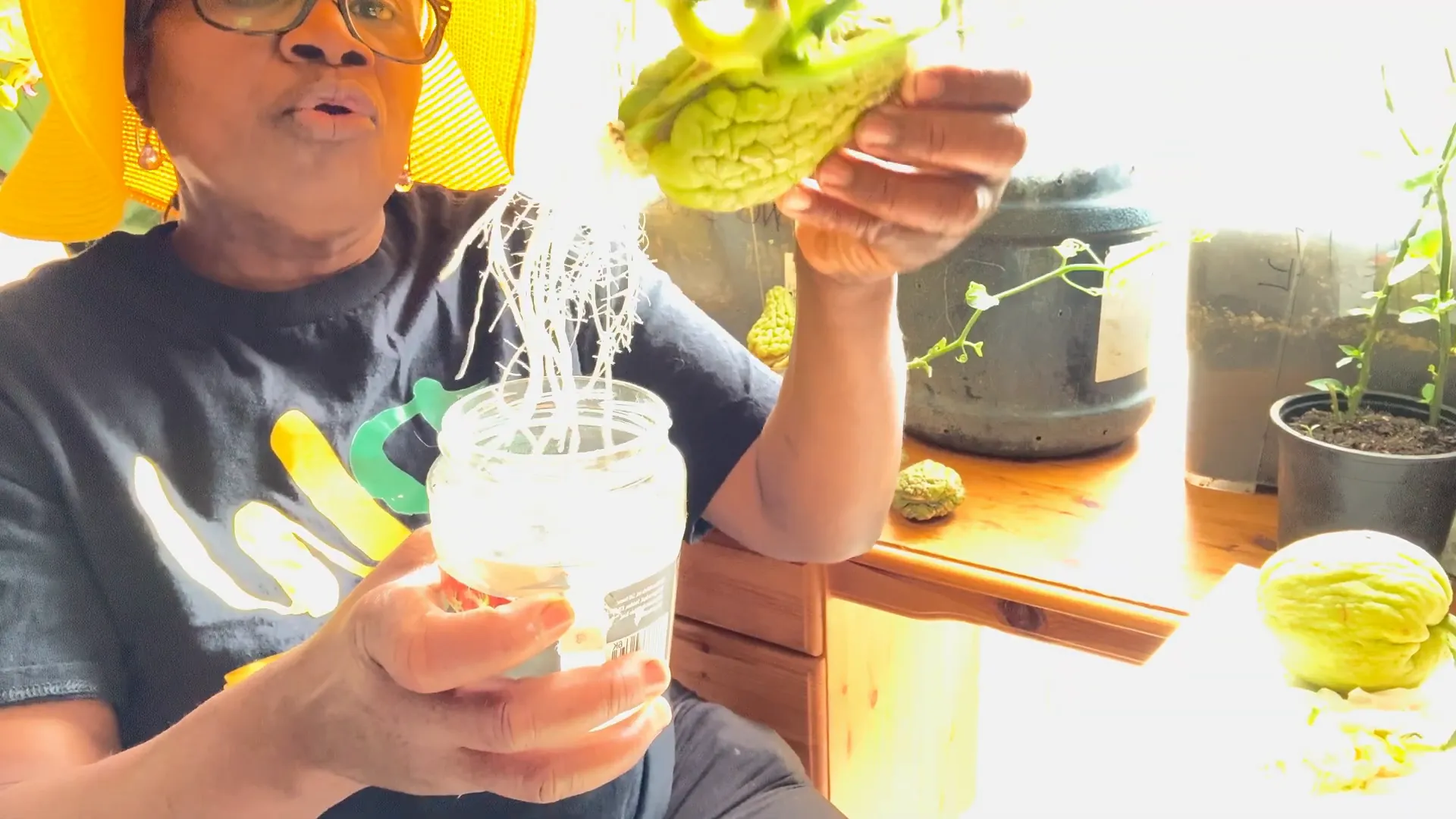
The Importance of Proper Growth Conditions
To ensure your chayote thrives, understanding its growth conditions is crucial. Chayote prefers warm temperatures and plenty of sunlight, making it ideal for gardens that receive full sun. Here are some key factors to consider:
- Soil Quality: Chayote grows best in well-draining soil enriched with organic matter. Consider adding compost to improve soil fertility.
- Watering: Regular watering is essential, especially during dry spells. However, be cautious not to overwater, as this can lead to root rot.
- Support: As a climbing plant, provide a trellis or support for the vines to grow upwards. This not only saves space but also promotes better air circulation and sunlight exposure.
By providing the right conditions, you can enjoy a flourishing chayote plant that will reward you with a bountiful harvest.
Handling Young Chayote Plants
Once your chayote seeds have sprouted, it’s essential to handle them with care. Young chayote plants are delicate and require gentle treatment to ensure healthy growth. When you notice roots starting to develop, it’s time to relocate them to a more suitable growing environment.
Use clean hands to handle the young plants to avoid introducing any pathogens. If you’re transferring them to pots or directly into the garden, ensure that the soil is moist but not waterlogged. This will provide the best conditions for your chayote to thrive.
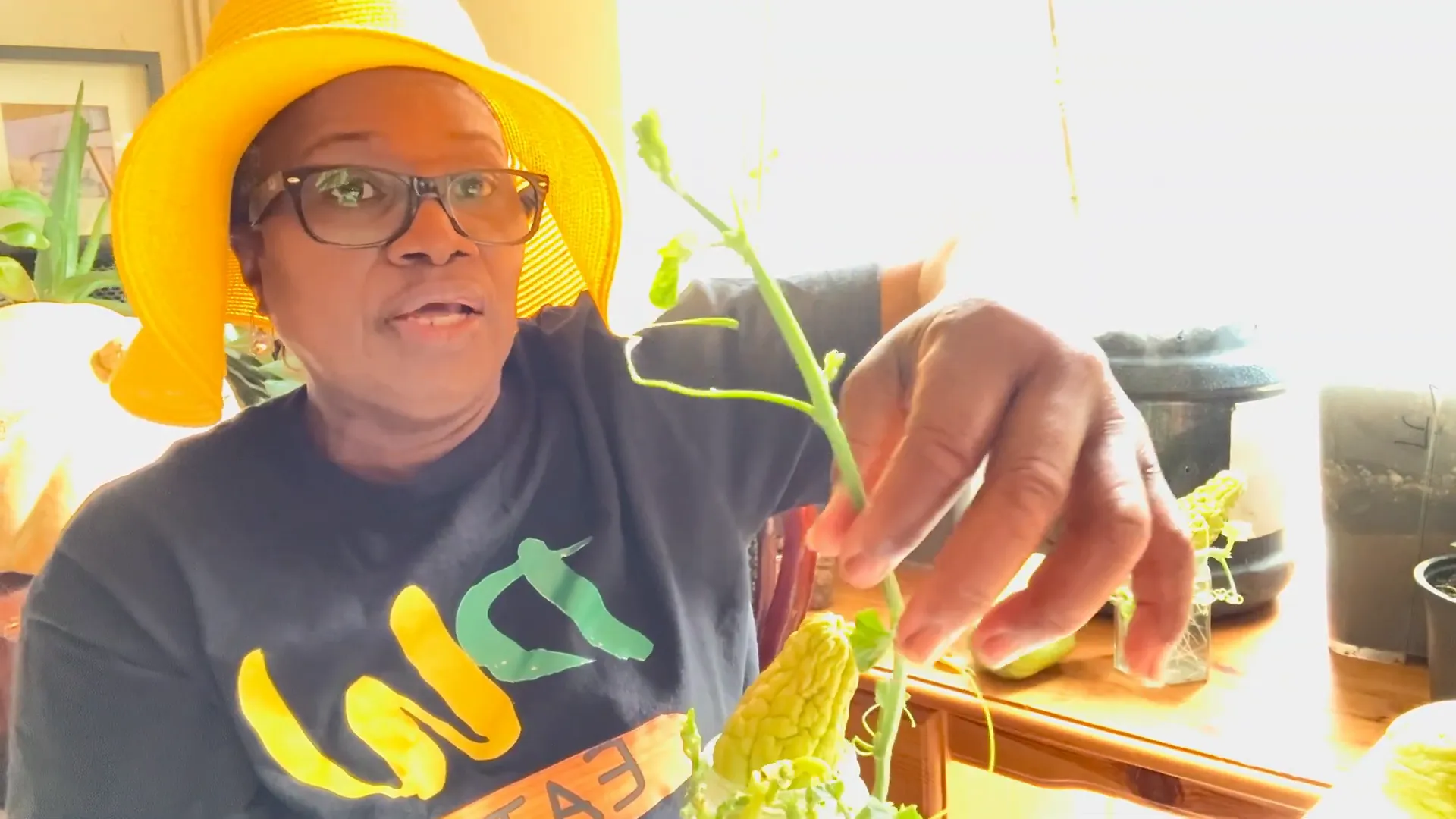
Creating an Ideal Environment for Growth
Chayote thrives in specific conditions, and creating an ideal environment is crucial for its success. Here are some key factors to consider:
- Temperature: Chayote prefers warm temperatures, ideally between 15°C to 30°C. Protect your plants from frost, as they are sensitive to cold.
- Sunlight: Ensure your chayote plants receive full sunlight for at least six hours a day. This promotes robust growth and fruit production.
- Soil: Use well-draining soil enriched with organic matter. A mixture of compost and garden soil works wonders for chayote.
By providing these optimal conditions, your chayote plants will be well on their way to thriving in your garden.

Planting Techniques for Chayote
Planting chayote can be done in several ways, depending on your preference and space availability. Here’s a step-by-step guide on how to plant your chayote:
- Choosing the Right Container: If planting in pots, select containers that are at least 30 cm deep to accommodate the root system.
- Prepare the Soil: Mix compost with garden soil to create a nutrient-rich environment. Fill the container or garden bed with this mixture.
- Positioning the Seed: Lay the chayote seed horizontally in the soil, ensuring that the roots are facing downwards and the top of the seed is just above the soil surface.
- Watering: After planting, water gently around the base of the plant. Avoid soaking the seed directly, as excess moisture can lead to rot.
Following these steps will help ensure your chayote has the best chance of thriving in its new home.

Caring for Your Chayote After Planting
Once your chayote is in the ground, ongoing care is essential for a successful harvest. Here are some tips to keep your plants healthy:
- Watering: Maintain consistent moisture, especially during dry spells. Water deeply but infrequently to encourage deep root growth.
- Fertilizing: Apply a balanced fertiliser every few weeks to promote strong growth. Organic options like compost tea can be beneficial.
- Pest Management: Watch for common pests such as aphids and spider mites. Use organic insecticidal soap or neem oil to combat infestations.
Regular monitoring and care will keep your chayote plants healthy and productive.
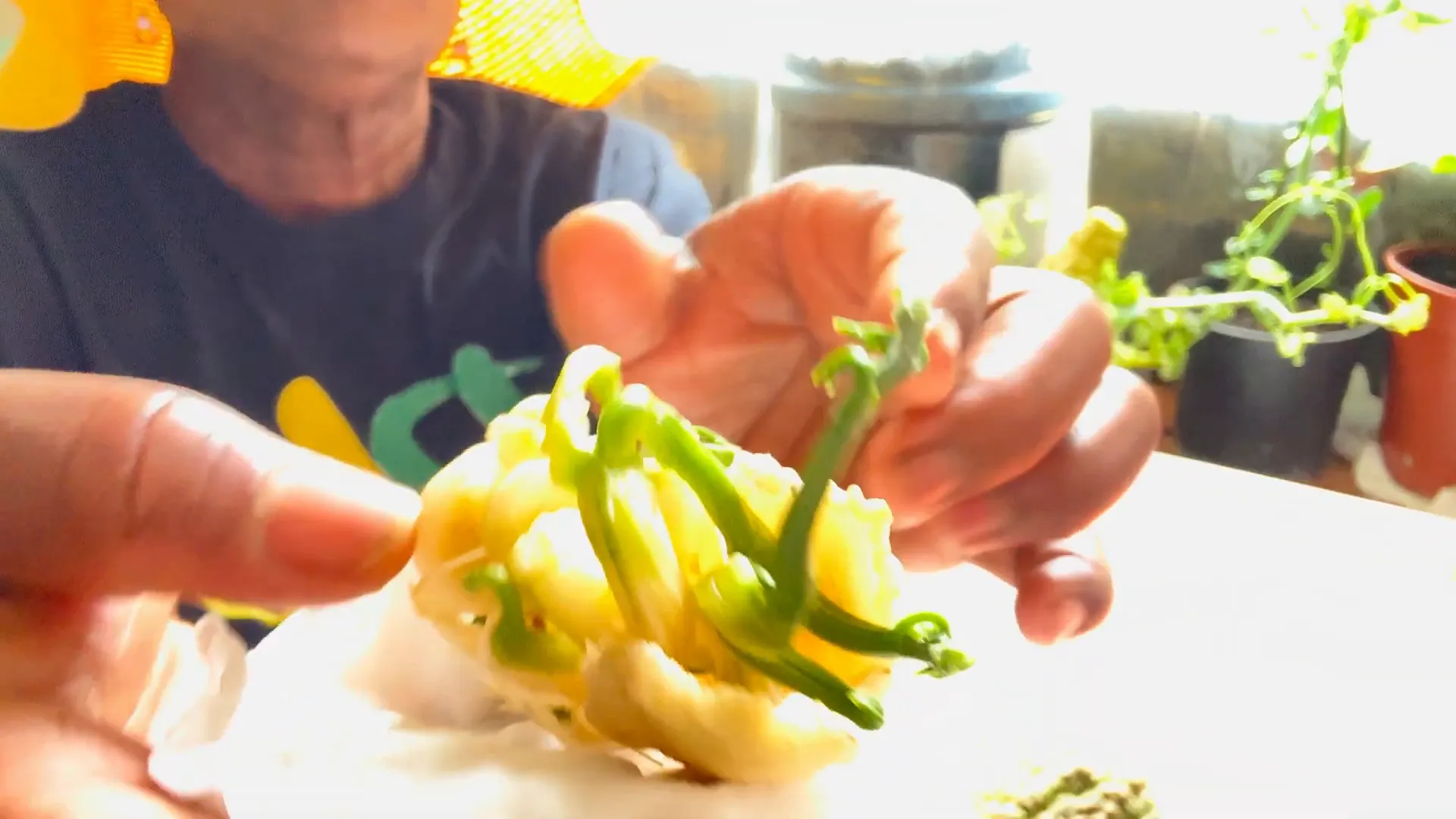
Conclusion and Encouragement to Grow Chayote
Growing chayote is more than just cultivating a plant; it’s about embracing the joy of gardening and the satisfaction of harvesting your own produce. With its unique flavour and versatility, chayote can transform your culinary experiences and provide numerous health benefits.
Don’t be intimidated by the process. With the right knowledge and care, anyone can successfully grow chayote in their garden. So gather your materials, follow the steps outlined above, and watch your chayote thrive!
Remember, gardening is a journey filled with learning experiences. Each plant you grow teaches you something new. Enjoy the process, and happy gardening!





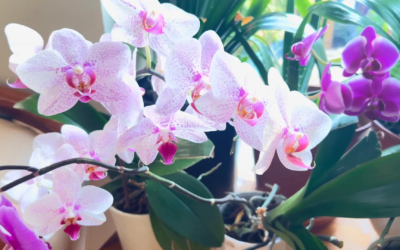
0 Comments